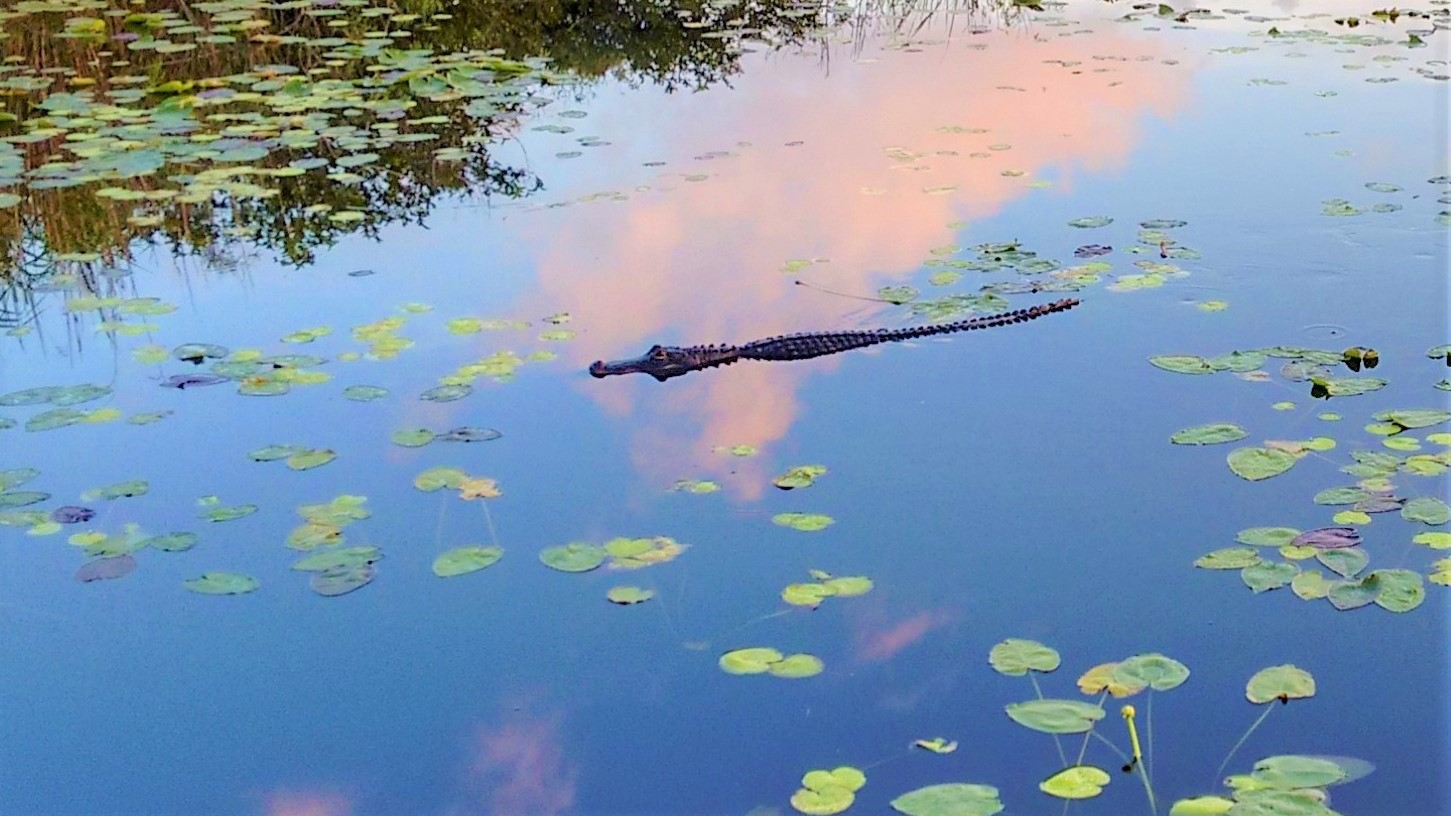Behind every book, there's a story:

The Everglades: Stories of Grit and Spirit from the Mangrove Wilderness by Anne McCrary Sullivan & Holly Genzen (Pineapple Press, 2021)
In this book, we hear 21 stories in the voices of people who have ventured into the mangrove wilderness–for scientific work, artistic work, search-and-rescue, personal renewal or pure adventure.
They tell stories of manatee rescue, shark encounters, beaching whales, storms and strandings, stories of environmental value and threat, wild beauty, personal enchantment and spirit.
The story behind the book:
In the years Holly Genzen and I were paddling the mangrove wilderness, working on Paddling the Everglades Wilderness Waterway, we met a lot of interesting people. When the guidebook was finished, we wanted to write a book about some of the people who shared our love of being “out there.” Not a book about them, actually. Rather, a book in which they would tell their own stories in their own voices. In telling their stories, from varied viewpoints, they would collectively tell a complex story of the ecosystem. This is the book.

Paddling the Everglades Wilderness Waterway by Holly Genzen & Anne McCrary Sullivan (Menasha Ridge Press, 2011)
The 99-mile Wilderness Waterway trail through labyrinthine mangrove channels of the western Everglades has called to paddlers since its origins in the early days of Everglades National Park. This guide leads adventurers through the eerie beauty of mangrove forests, down shining rivers that trace from the interior to the Gulf of Mexico, among streams and islands where ancient tribes and early pioneers once fished and found their way. 
In addition to maps and detailed route descriptions, this book offers a wealth of detail and anecdote about social and natural history of the mangrove areas of the western Everglades. It also maps out 17 day and overnight trips.
Photo of waterlogged guidebook at Roberts River Chickee by Adam Levin.
The story behind the book:
The first time Holly and I set out to do a thru-paddle of the Everglades Wilderness Waterway, we had no idea, really, what we were confronting. We set out with no experience of that kind of complex navigation or distance paddling. We had read guidebooks, and they were helpful, even indispensible, but the only guide to the entire Waterway was was a small spiral-bound guide that had been written in the early days of the National Park. As we made our way, day after day, on the 99-mile trail (which requires considerably more than 99 miles of paddling because of the campsite locations), we talked about the guidebook we wished we had, a book that would not only give us detailed logistics but also good reading in the tent at night. We decided to write the book we wished for. This is the book.

Ecology II: Throat Song from the Everglades by Anne McCrary Sullivan (WordTech Editions, 2009)
This collection of poems renders the ecology and dynamics of the Everglades in ways that also probe the human heart–love, loss, joy and renewal.
“When Anne Sullivan walks “two miles into human silence” what she hears–what we hear–are the “low groan(s) of pig frogs,” insects that “whirr, vibrate, click,” in short the world of Florida’s Everglades comes alive in all of its magnificent natural and bizarre detail.”
–Michael Collier, Dark Wild Realm
“Weeping for beauty / replaces weeping for grief,” writes Anne Sullivan. But it’s the strangeness in that beauty that grows from grief as this poet enters and tracks and takes to heart the rich complexity of the natural world, its kestrel and heron, its alligator and estuaries, its fig and fern and spatterdock. A fierce eye is at work here, honed to surprise, to the truly mysterious.”
–Marianne Boruch, Grace, Fallen from
The story behind the book:
January 3, 2003, I reported to Everglades National Park for a month-long stay as Artist in Residence. It was the first time I had ever set foot in the Park. I fell in love with it. Deep love. Enduring love. I wanted to know everything I could learn. I wanted to understand the interlocking ecosystems. I wanted to be able to call plants and animals by their names. I wanted to understand my visceral emotional response to what I was experiencing every day. I wanted the poems I had gone there to write to be specific and accurate in their details and imagery. I wanted them to be both science and art, and I wanted to make a whole book of such poems. This is the book.
